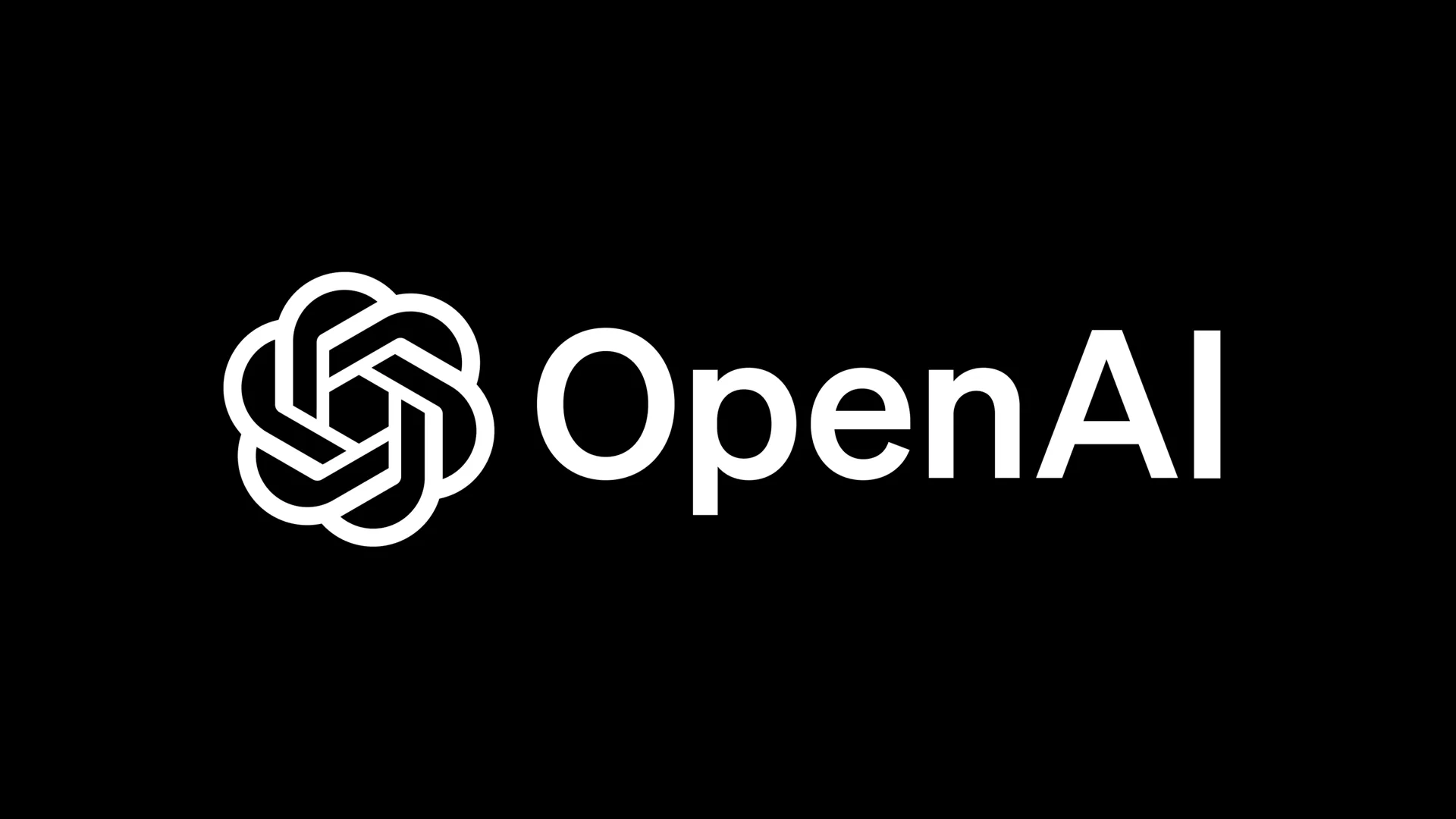The US crypto market saw a significant shift in 2024 as the Securities and Exchange Commission authorised the first crypto-asset-backed exchange-traded funds (ETFs).
Regulated ETFs allowed institutional investors, including hedge funds and banks, to invest in Bitcoin and Ether, with assets reaching USD 115 billion and USD 17 billion, respectively, by November 2025.
Nearly 2,000 institutional investors gained exposure to Bitcoin ETFs in 2024, accounting for approximately 30% of the market by year-end. Hedge funds and asset managers led investments, while major banks acted as market makers and asset managers, boosting crypto-ETF growth.
The SEC’s 2025 authorisation of direct crypto-asset exchanges between broker-dealers and ETF issuers also enhanced market efficiency. Institutions increasingly use futures contracts to leverage positions and arbitrage between spot ETFs and futures markets.
Hedge funds often hold short positions in futures to profit from price differences, while asset managers and pension funds maintain net long positions. ETFs provide greater liquidity and lower transaction costs compared with direct crypto holdings.
Systemic risk concerns grow as a few custodians, including Coinbase with 80% of crypto-assets, dominate the market. Volatility, liquidity gaps, and concentrated custody could transmit crypto shocks to the wider financial system, underscoring the need for regulatory oversight.
Would you like to learn more about AI, tech and digital diplomacy? If so, ask our Diplo chatbot!










